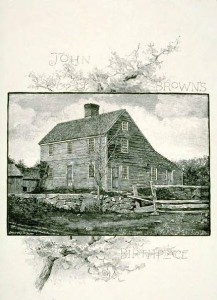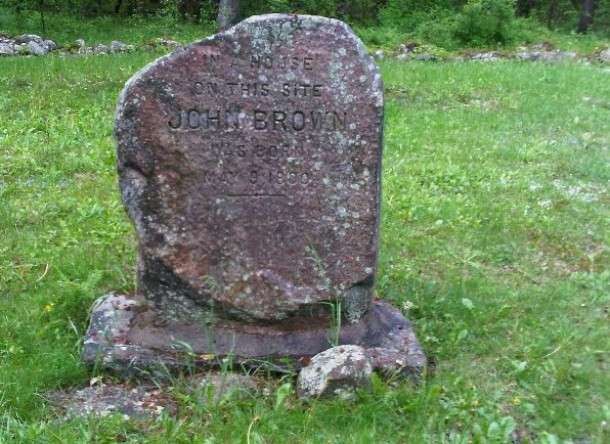In the years prior to the Civil War, Torrington, like many towns in New England and the rest of the country, found itself divided by the issue of slavery. Abolitionist and pro-slavery elements in Torrington clashed repeatedly over the legal, moral, and financial implications of the slave trade.
From early in the town’s history, Torrington residents grappled with the contentious nature of slavery. The Rev. Samuel John Mills, ordained in the Torringford section of town in 1769, was an outspoken proponent of freedom for all mankind. Boldly, he invited African Americans to enter his church through the front door—a privilege usually reserved for whites only. The reverend’s son, Samuel John Mills Jr., founded the American Foreign Mission Society and helped pioneer the colonization movement that aided oppressed blacks wishing to return to their homes in Africa. In recognition of his efforts, the country of Liberia renamed its largest city “Millsburg.”
In addition to the efforts of the Mills family, Torrington provided the backdrop for numerous other stories that reflect the efforts of early abolitionists. In 1798, Torrington slave-owner Abijah Holbrook, inspired by his newfound abolitionist convictions, freed two individuals, Jacob and Ginne Prince, that he’d kept in bondage. The Rev. Lemuel Hayes, a child of an African American and a white New Englander, served as minister of a church in Torrington. The area also became a center for the Underground Railroad—aiding southern slaves seeking freedom in the North.

John Brown’s birthplace, Torrington – Connecticut Historical Society
A Town Divided
Not everyone in Torrington believed in the abolitionist cause, however. Widespread pro-slavery sentiment in the town successfully kept anti-slavery organizations from meeting in public halls. In January of 1837, when abolitionist Abbey Kelley and others held a meeting to organize an anti-slavery society, a pro-slavery mob broke up the meeting, scattering its participants.
Arguably the most famous, and perhaps most violent, participant in the local battle over slavery was John Brown. A staunch abolitionist, Brown was born in Torrington in May of 1800. He became famous for initiating such bloody attacks as the 1856 “Pottawatomie Massacre” in Kansas and the 1859 raid on the federal armory in Harper’s Ferry, Virginia. His actions created so much concern in the South that they are often credited with fostering a new era of heightened paranoia and military proliferation between the two eventual combatants of the Civil War.









